Should Aesthetics Practitioners Aspirate?
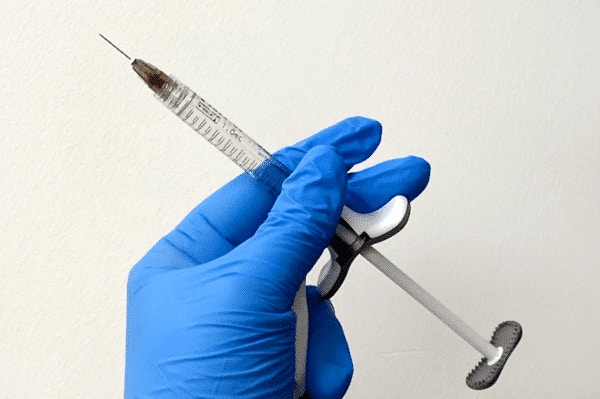
“Should aesthetics practitioners aspirate?” – it’s a controversial question and one there is no right answer to.
This debate seems to firmly split healthcare professionals down the middle with very distinct ‘yes’ and ‘no’ camps.
Dr Tristan Mehta is renowned for his pioneering approach to safety standards within aesthetics. He is the founder of Harley Academy and the co-creator of the Ofqual regulated Level 7 in injectables – the gold standard in postgraduate aesthetics courses in the UK.
We asked him for his opinion on whether aesthetics practitioners should aspirate and he had quite a novel take! However, since studying the latest evidence, he has reviewed this opinion, which we've updated below for a full understanding of the situation.
Watch Dr Tristan explain his views on aspirating in the following video, or scroll down to read what he has to say…
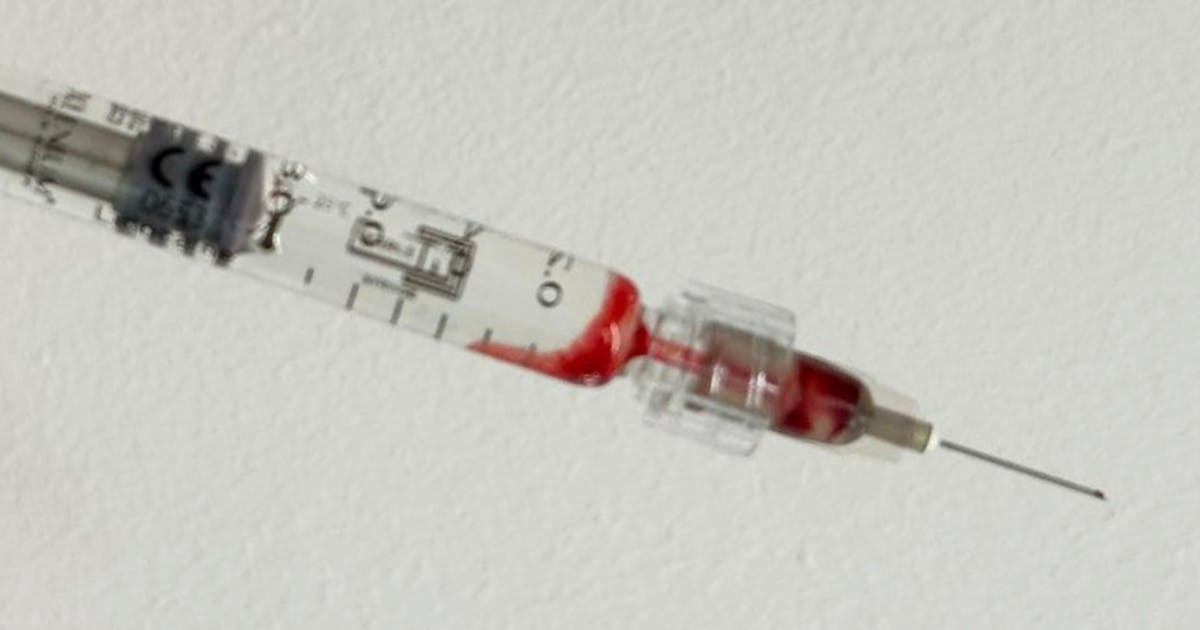
Why Dr Tristan Mehta changed his mind about aspirating
“Around 2022, I was in the camp of not aspirating, because the industry hadn’t quite decided. The evidence hadn’t quite been finalised on either side of the fence - to aspirate or not," he shares.
"I felt that it was better for me and my practice, to mitigate any serious adverse events for injectables by injecting in very small quantities. Also, moving the needle tip frequently. I found this to be more reassuring than a negative aspirate followed by a significant bolus,” he notes. “For me, that’s a little bit risky in terms of relying on that aspiration as a form of safety.”
When exploring the topic over the years, during webinars with Professor Sebastian Cotofana, and whilst researching the Global Evidence Matrix, he began to place more importance on aspiration.
Lauded anatomist and researcher, Professor Cotofana - Harley Academy’s Academic Director - is a firm believer in aspiration. “Why not?” he often says when asked if it’s a good idea to aspirate in aesthetic medicine.
As an evidence-driven professional, we know there’s more to his logic than this. But it’s a fair attitude. Let us explain…
Aspirate, but understand that it is not 100% reliable and there are additional safety steps available
As time has gone on and more research has became available, Dr Tristan has taken a stance on what the data is saying now. And that is, as an aesthetics practitioner, you should aspirate before filler treatments. However, as he suspected, it also tells us that aspiration should never replace fundamental principles for safe injecting.
If you're a GEM by Harley Academy subscriber - or a trainee on any of our Level 7 Diploma in Cosmetic Injectables courses, who receives a free 12-month subscription - you can find all the relevant references and a thorough explanation of the research on the GEM app.
"Although throughout my career I've gone back and forth on whether aspiration was a useful safety measure, I've now been led to a place - by the latest data - where I'm confident that we should aspirate. But it's important to also understand that aspiration is not the only safety measure available to us as clinicians."
So, what else do you need to add to your safety repertoire? Let's get into it...
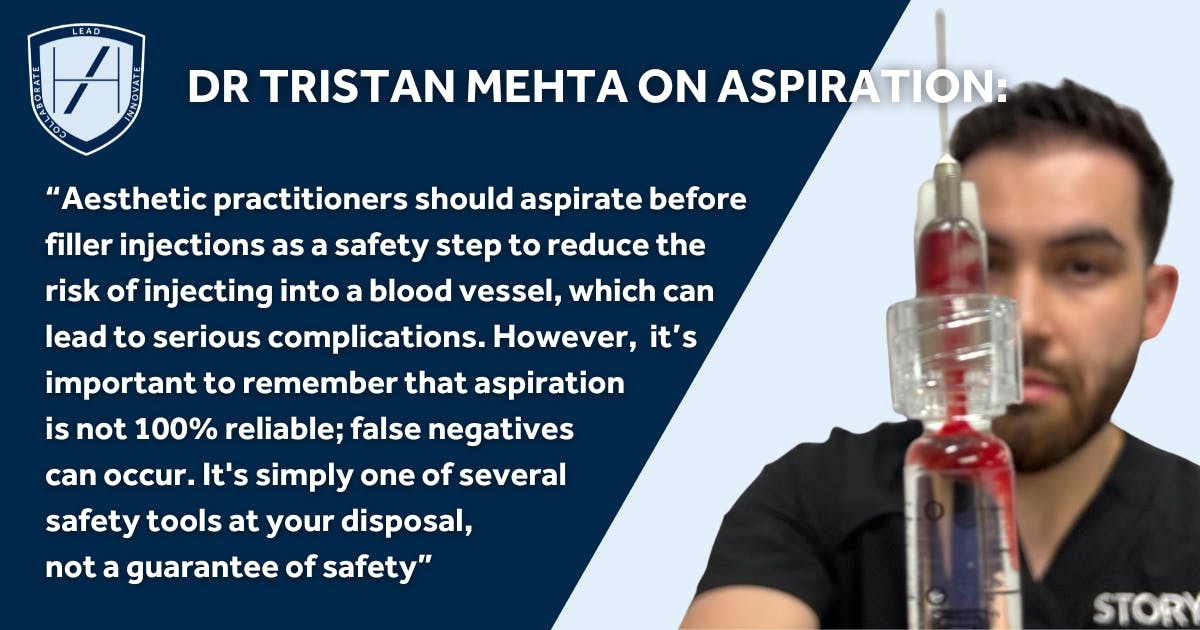
What you need to know about aspiration as an aesthetic practitioner
"The point of aspirating prior to filler treatment is to check whether the needle or cannula tip is inside a vessel," says Dr Tristan.
"You do this by applying gentle negative pressure - pulling back on the syringe plunger before injecting. If blood enters the syringe, it indicates you're in a vessel. When this happens, you should stop, reposition, and reassess."
He highlights the following two points every injector should understand when it comes to aspirating...
1. Aspiration is not 100% reliable — false negatives can occur, especially:
- With small-gauge needles
- When the filler is too viscous
- If the vessel wall collapses
2. Aspirating is one of several safety tools, not a guarantee of safety
He recommends combining aspiration with:
- Deep anatomical knowledge
- Injecting slowly
- Choosing the right plane and instrument (needle vs cannula).
All aesthetic practitioners should learn to aspirate during filler courses
"Regardless of my own personal preferences, I have always firmly believed that we must train and teach beginners to aspirate,” states Dr Tristan.
"I believe all aesthetic practitioners require a good understanding of aspiration - its uses and its limitations. That way they can make an informed choice about whether to follow the evidence on this divisive topic."
Trainees on all Harley Academy medical aesthetics courses – from Foundation Training to our Level 7 Diploma – are taught to aspirate. We also expect all our students to aspirate during their mentoring sessions, as part of their practical injecting education.
This has always been the case for all our aesthetics training pathways, and remains very much the case today. Correct aspiration technique is one of the first practical elements you'll learn on any of our filler courses.
The aim of this is to ensure you start your medical aesthetics career off with a thorough grounding in best practices. It’s part of an holistic approach to becoming an ethical, responsible and accountable aesthetic practitioner - a journey we’re passionate about supporting you on.
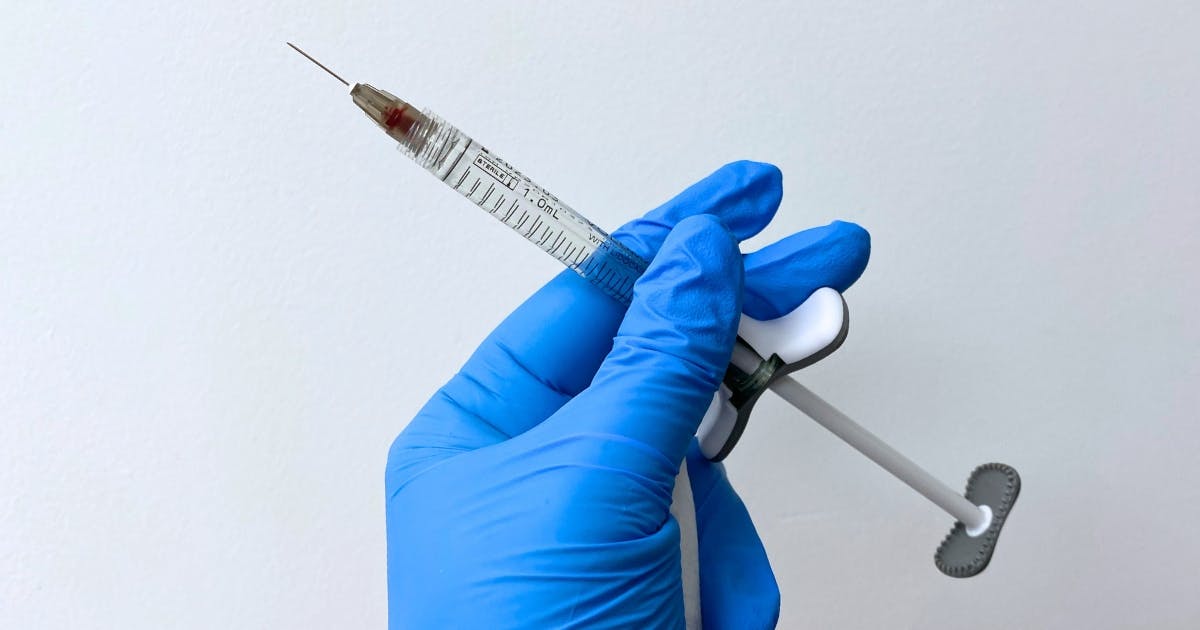
How to aspirate correctly
There are four key steps to aspirating in the right way:
1. Insert the needle into the intended plane and hold steady
2. Pull back the plunger slightly and wait 5–10 seconds
3. Observe for blood return
4. Proceed based on whether you get a positive or negative aspirate (see below).
Negative aspirate
If no blood appears, this is a negative aspirate and you can proceed with caution.
Positive aspirate
If blood appears, this is a positive aspirate, stop immediately and reposition. You can see an example of a positive result in the image below.
Getting a positive aspirate does not mean you did something wrong
New aesthetic practitioners sometimes worry that, if they get a positive result from aspiration, it means they’ve done something wrong. Or maybe that they’re a bad injector, with poor technique.
“Getting a positive aspirate does not mean you're a bad injector or that you've done something wrong,” confirms Dr Tristan.
“Here’s the reality… Filler injections are administered in highly vascular anatomical regions. Even with excellent technique and careful mapping, it’s entirely possible for the tip of your needle or cannula to enter or press against a vessel.
“A positive aspirate isn’t a failure. It’s feedback, and it tells you that your safety protocol is working.
“What it actually shows is that you understood the risks of that area, respected the anatomy enough to check and gave yourself the chance to reposition and protect your patient. That’s a sign of clinical maturity, not a mistake.”
So why aspirate if it's unreliable? Here's why...
We asked Dr Tristan why, if it's not a reliable safety indicator, injectors should aspirate? He provided the following grounded and clinically responsible argument in favour of aspirating, despite it not being entirely reliable...
"Aspirating is a low-effort, low-cost action," he details. "And it can give you a potentially life-changing piece of information: whether your needle or cannula is sitting in a blood vessel.
"Yes, the test is imperfect. There are false negatives — particularly with small needles, thick filler, or mobile tissues. But occasionally, aspiration does reveal a positive flashback - I had one in my practice at STORY Clinics just the other day. And in that moment, it possibly gives you a chance to avoid injecting into a vessel entirely. That alone justifies the habit.
"You wouldn't skip checking a seatbelt because it might not save a life — you check it because it could. The same logic applies here. Aspirating is one of several layers in your safety net. It’s about building a habit of caution, intention, and respect for risk.
“Good injectors don’t avoid risk - they learn how to work with it. A positive aspirate is part of the job. Ignoring it is the real risk.
"Essentially, you can break it down into these three elements:
- Aspirating takes seconds
- It causes no harm
- If it saves a patient from a vascular event, tissue loss, or blindness, that’s time incredibly well spent."
Are you convinced, yet? If you’d like to debate the merits of aspiration, head over to the Harley Academy Instagram, where you can leave us your comments.
Learn more about aspiration on the GEM by Harley Academy app
Whether you’re a novice aesthetic practitioner, an expert, or somewhere in between, it’s vital to keep on top of the latest science. This debate is just one of many areas of the aesthetic medicine specialty that requires rigorous examination and contemplation.
GEM by Harley Academy not only does all this hard work for you. It also takes the most up-to-date findings and breaks them down into manageable, accessible development opportunities. Whether you want written explanations, videos or intricately detailed illustrations, the GEM app provides.
While study references are made available so you can immerse yourself in further research should you so wish, the key pointers are also highlighted for scannable learning. Whatever time you have allocated to furthering your aesthetics training, GEM is there to fit neatly into your schedule.
Furthermore, as the data behind the Global Evidence Matrix is updated regularly, you can be confident that, by following the science laid out for you, you’re practising at the forefront of medical aesthetics.
Subscribe to the GEM by Harley Academy app and start bringing cutting edge aesthetics education to life!
All information correct at the time of publication; updated 6 May 2025
Download our full prospectus
Browse all our injectables, dermal fillers and cosmetic dermatology courses in one document
By submitting this form, you agree to receive marketing about our products, events, promotions and exclusive content. Consent is not a condition of purchase, and no purchase is necessary. Message frequency varies. View our Privacy Policy and Terms & Conditions
Attend our FREE open evening
If you're not sure which course is right for you, let us help
Join us online or in-person at our free open evening to learn more
Our Partners
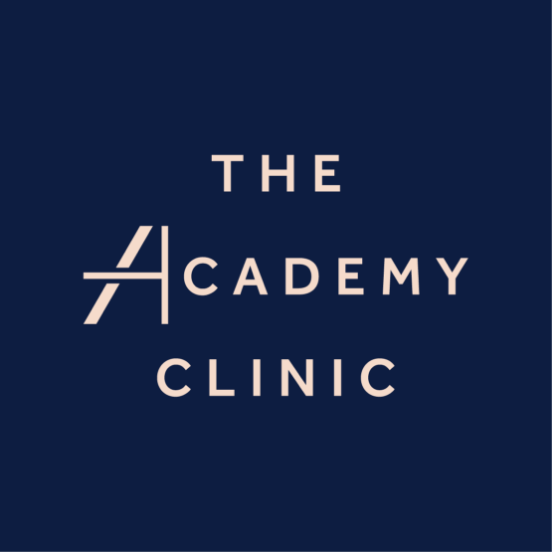
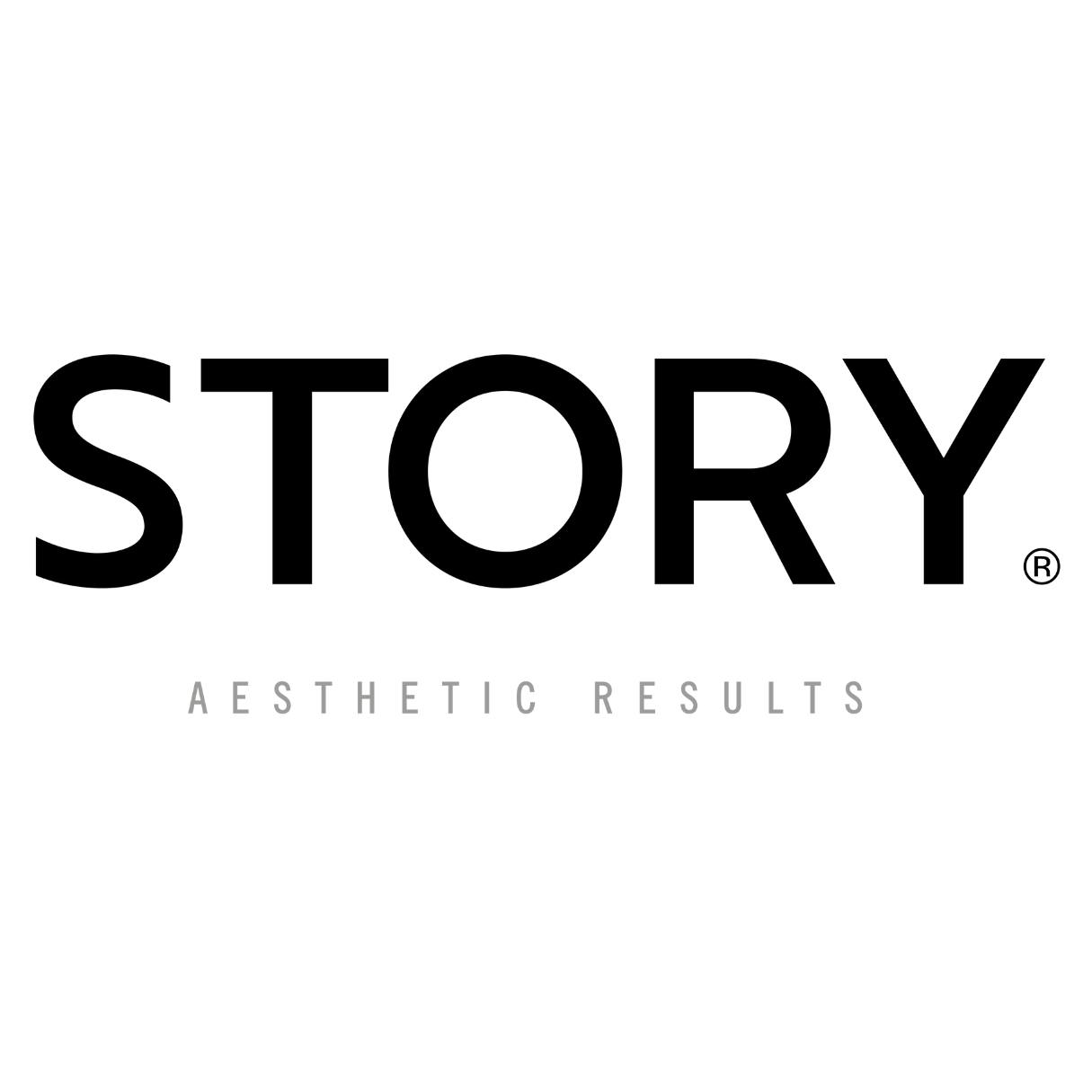
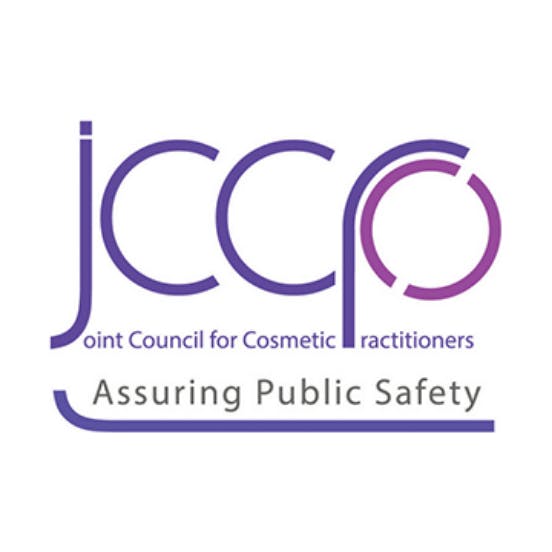
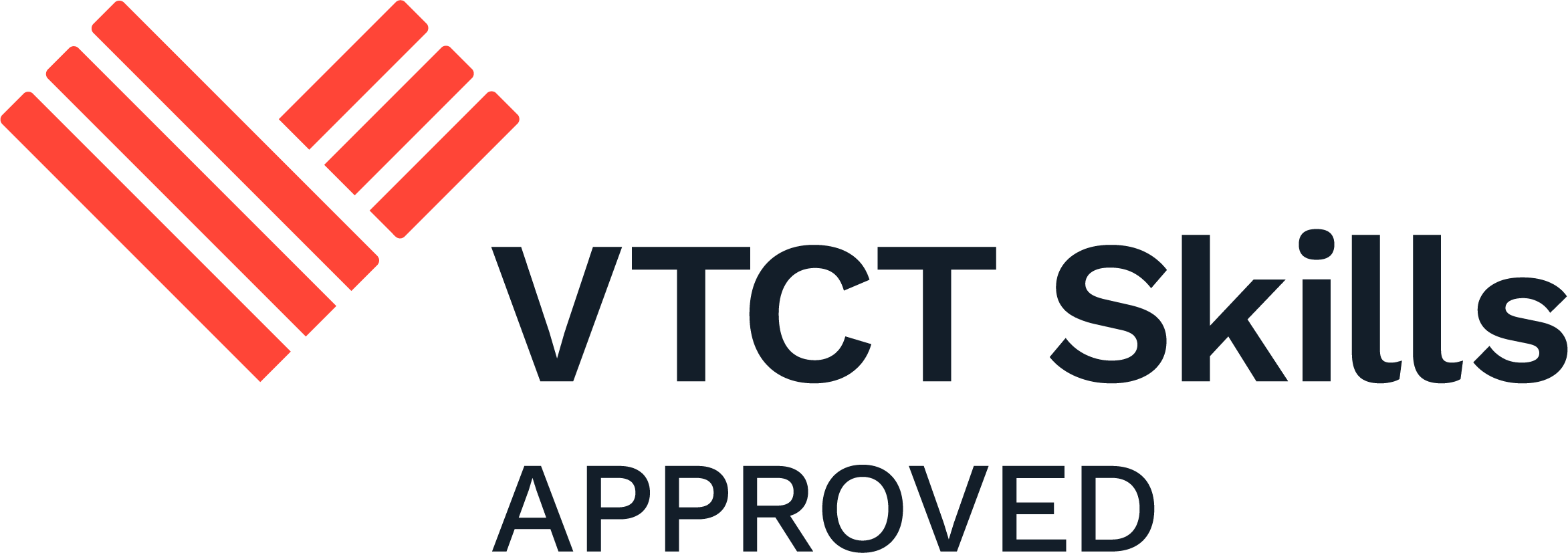

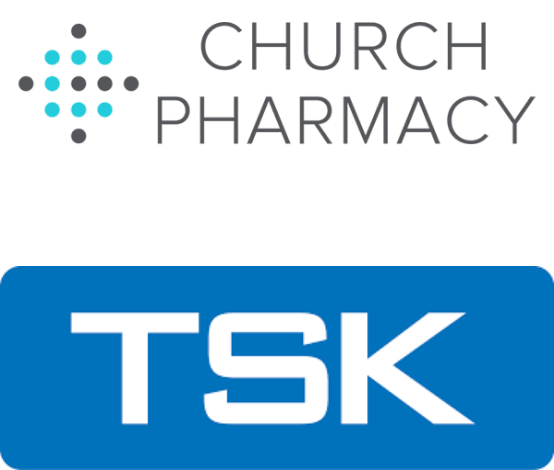
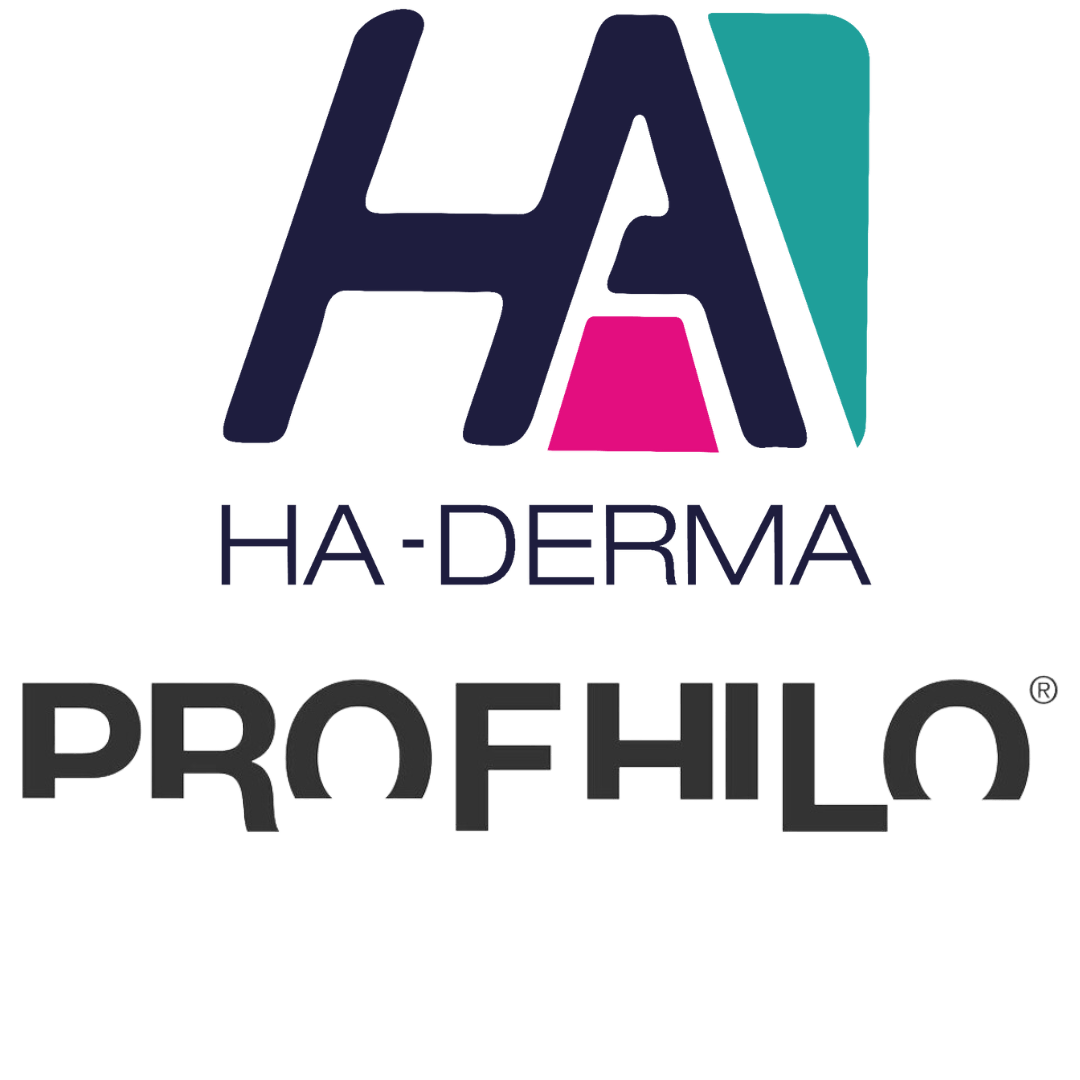
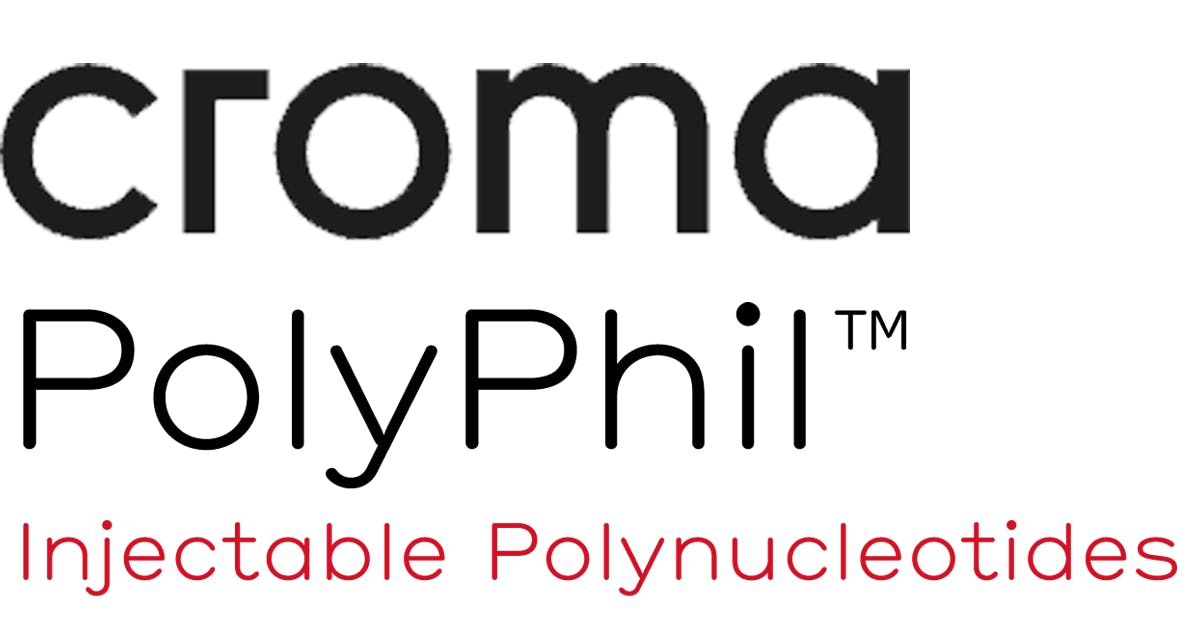
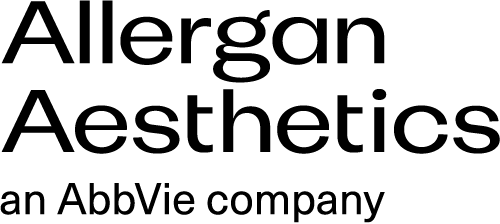
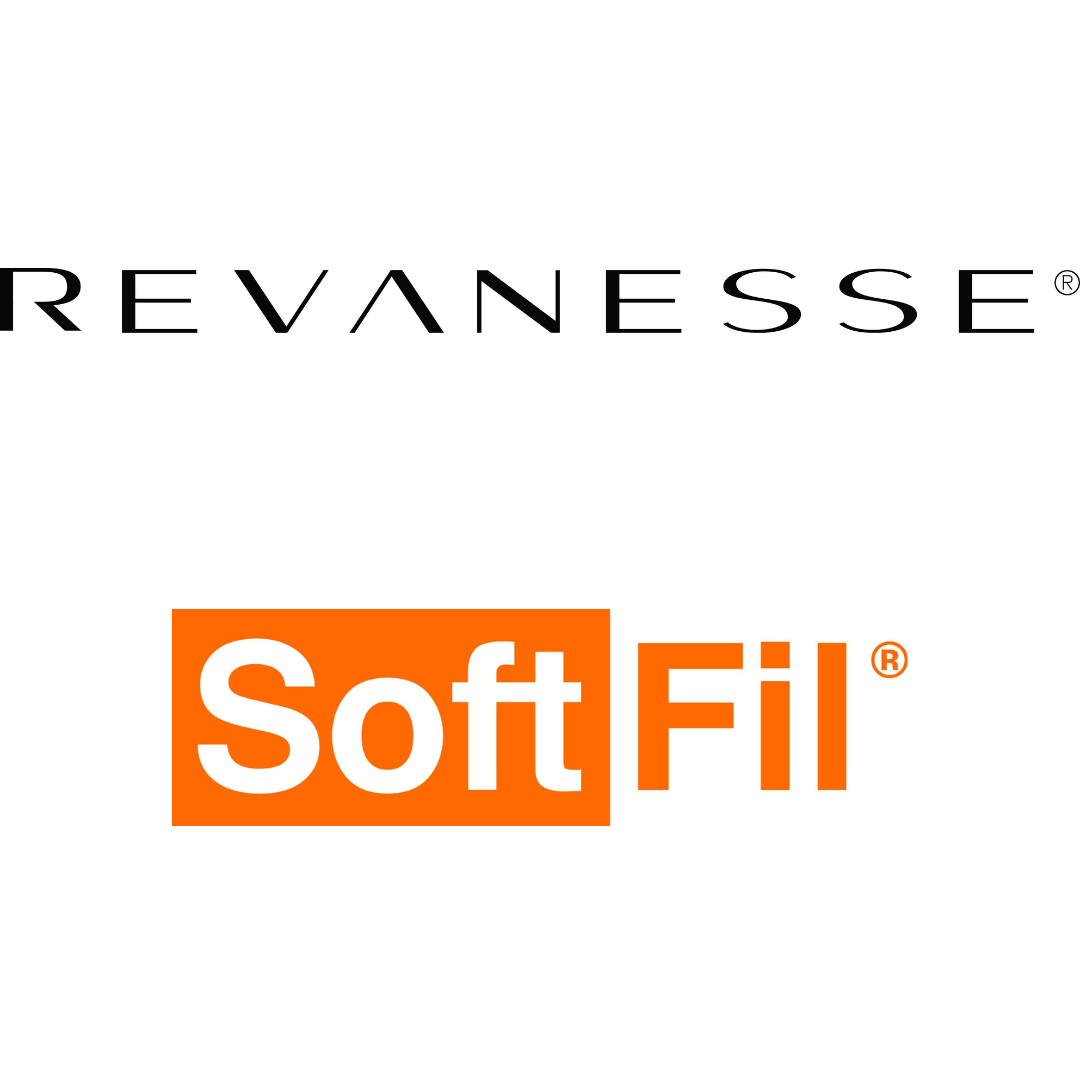
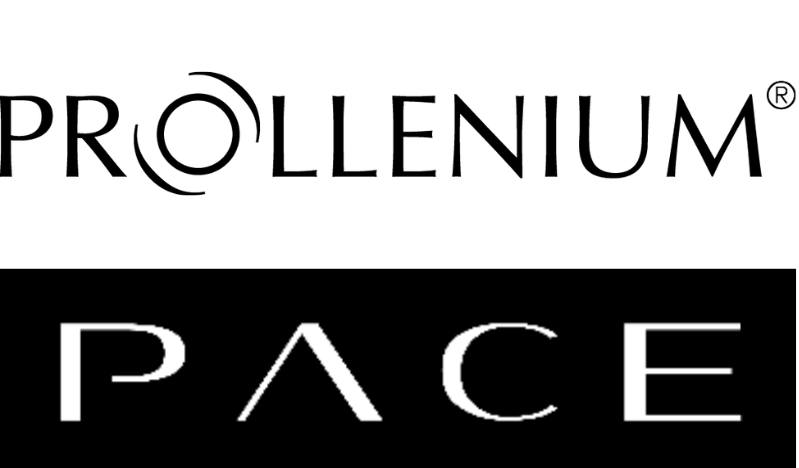
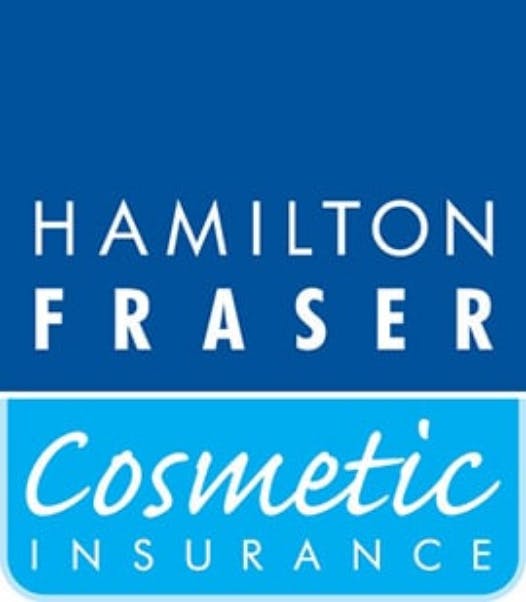
STAY INFORMED
Sign up to receive industry news, careers advice, special offers and information on Harley Academy courses and services

